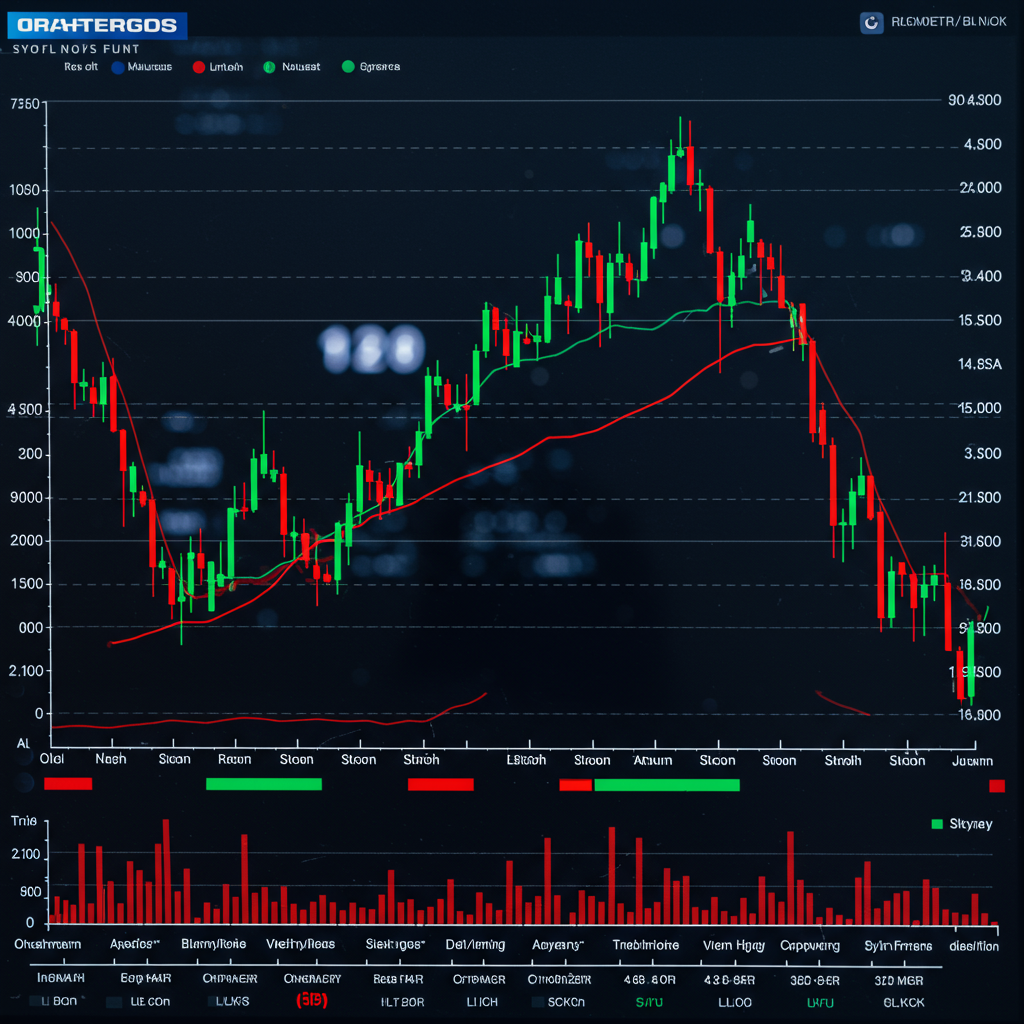Dating app giant Bumble is undertaking a significant restructuring, announcing plans to lay off nearly a third of its global workforce – impacting 240 positions. The move comes as the company, known for its women-first approach to connections, grapples with slowing growth and waning confidence from investors in the online dating sector.
CEO Whitney Wolfe Herd, who returned to the top leadership role in March to navigate the company’s challenges, communicated the decision to staff, citing pressures facing the business and the dating industry reaching an “inflection point.” She emphasized the need for “decisive action to restructure to build a company that’s resilient, intentional, and ready for the next decade.”
Bumble’s Financial Headwinds
Bumble, which also operates the Badoo dating app, soared onto the stock market in 2021 with an initial valuation exceeding $13 billion. This debut famously made its founder, Ms. Wolfe Herd, the youngest self-made female billionaire at the time. However, the company’s shares have since suffered a dramatic decline, now trading below $7 each, representing a loss of almost all their initial value.
Despite reporting an increase in paying users – reaching 4.1 million across its apps late last year (up roughly 11% year-on-year) – this user growth has failed to translate into substantial revenue gains, which grew less than 2%. The company also reported losing money. In a bid to spur growth, Bumble even modified its signature rule last year requiring women to initiate contact in matches with men.
The planned job cuts are projected to slash operating expenses by $40 million annually. Bumble intends to reinvest these savings into crucial areas like technology development, aiming to build that “resilient” future.
Is Dating App Fatigue to Blame?
Bumble’s struggles are not isolated. The entire online dating industry is facing similar headwinds, with competitors like Match (which owns Tinder) also announcing significant job cuts recently (13% last month). Investors have grown wary of the sector, as companies struggle to convince users to pay for premium features.
Beyond financial models, a growing phenomenon known as “dating app fatigue” appears to be a significant factor. Recent reports indicate a notable decline in users across major platforms like Tinder, Bumble, and Hinge in some regions, such as the UK. Users report feeling burned out by the endless swiping, the superficiality of profiles, and conversations that remain stuck at a surface level.
This perceived superficiality is sometimes exacerbated by app features themselves. While intended to help users find compatible matches, filters – like Tinder’s experimental height filter or other apps offering filters for criteria like star sign or body type – can lead to a “menu” approach to dating. Critics argue this focus on narrow physical or lifestyle traits can cause users to miss out on potentially meaningful connections based on deeper compatibility, personality, or shared interests. Attraction is dynamic, and focusing solely on rigid filters might hinder discovering genuine chemistry.
Adding to the pressure, different cultural contexts present unique dating challenges. In some regions, like China, extreme gender imbalances and intense societal pressure, particularly on men, highlight the difficulties of finding partners through traditional or even online methods, sometimes leading women to seek connection in non-traditional ways, such as through “virtual boyfriends” in online games, seen as less demanding and more emotionally stable than some real-life interactions. While distinct from Western app fatigue, it underscores a global search for fulfilling connection beyond potentially exhausting conventional avenues.
The Search for Authentic Connections
Amidst the reported fatigue with swiping, there’s a noticeable shift towards seeking more authentic, in-person connections. New initiatives are emerging that facilitate real-life meetups, aiming to combat the superficiality of online profiles and chats.
Interestingly, unexpected venues are becoming popular meeting spots. Climbing walls, for instance, are booming in popularity and proving to be fertile ground for romance. The nature of climbing – being in close proximity, resting together, discussing routes, and observing how someone handles challenges – creates a naturally social and low-pressure environment where people can organically interact and get a feel for someone’s personality outside of a curated online profile. Shared hobbies and activities provide immediate common ground and easy first-date ideas.
This trend towards seeking connection through shared activities and real-life interaction suggests that while dating apps opened up possibilities, the novelty may be wearing off for some users who crave more substantial ways to meet potential partners.
What’s Next for Bumble?
The layoffs at Bumble, while difficult for the affected employees, appear to be a strategic move viewed positively by the market, as evidenced by a 20% jump in Bumble’s share price following the announcement. Investors seem hopeful that cost reductions and a renewed focus on technology can help turn the company’s fortunes around.
However, the deeper challenge remains: how do dating apps evolve to meet the changing desires of users weary of the swipe-and-chat cycle? Bumble and its competitors face the task of innovating beyond superficial metrics and potentially finding ways to foster more meaningful interactions, whether within the app or by facilitating connections in the real world, to remain relevant in a dating landscape shaped by fatigue and a yearning for authenticity. The “inflection point” for the industry may necessitate a fundamental rethinking of how online platforms can truly help people connect in a fulfilling way.




